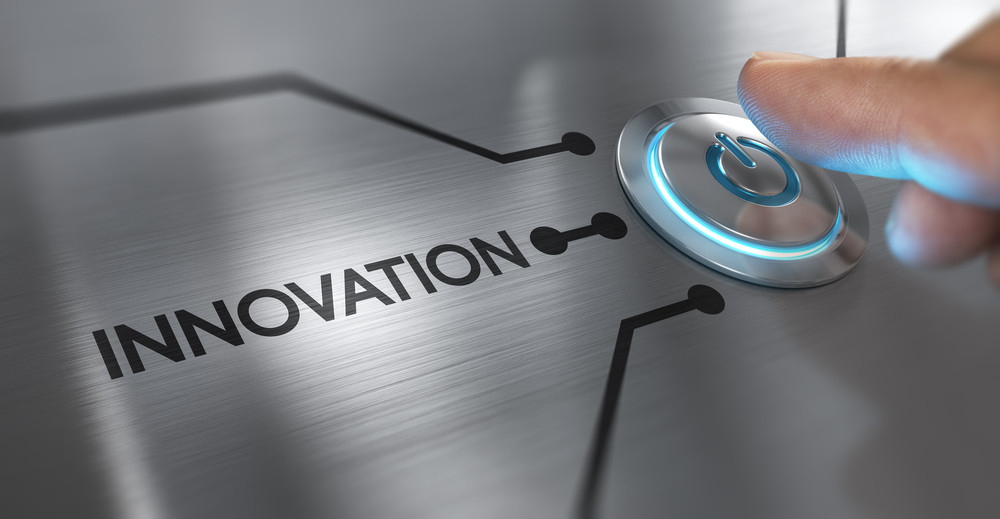Popular Reads
Top Results
Can't find what you're looking for?
View all search resultsPopular Reads
Top Results
Can't find what you're looking for?
View all search resultsPandemic shouldn’t stall innovation. It should accelerate it
Customer behavior is changing; logistical and distribution structure is changing; and the business landscape is changing.
Change text size
Gift Premium Articles
to Anyone
A
few weeks ago, in the early days of working from home (WFH) while everyone was still trying to figure out what had happened, there was a meme on Twitter about who led digital transformation in companies: the CEO, the CIO, the CDO (chief digital officer) or COVID-19. Of course, most Twitter users accurately guessed COVID-19, and it’s funny because sadly it’s very true. In the first week of WFH, most companies scrambled to figure out how to remotely manage their previously on-site team.
Judging from the responses of corporations to the pandemic, there are two categories of company: those that are already adapting and those that are still in denial. This is not an entirely surprising thing, as it is a natural business cycle. Some will adapt and thrive, while most will not adapt and will go down.
The pandemic has also generated lots of innovation by corporations. Dyson designed a new ventilator in 10 days, while Alibaba launched an automated smart store for essential items and disinfectant supplies. In Indonesia, Garuda Indonesia and Blue Bird are among a few major companies that have launched new products and services created during the crisis. What’s also interesting is that some of these companies were in the middle of starting their corporate innovation programs with goals such as solving internal problems, exploring new business opportunities and employer branding. They conducted hackathons, held digital incubators and accelerator programs and invested in startups. The pandemic was a major blow to their strategic plans, but for some companies, this hasn’t necessarily crushed them.
Innovation plans are notoriously expensive, and I’m sure that, in times like these, spending more cash is the last thing on a CEO’s mind. But it’s also crucial for CEOs to refocus and reprioritize company spending, especially in the innovation department. The Innovator, a media outlet focused on innovation, surveyed 23 multinational companies in May and found that innovation budgets would be maintained and in some cases aggressively increased. These changes are not only possible but, in some cases, will become inevitable in the near future.
For many Indonesian corporations with innovation plans on the move, this crisis shows that being the first mover is no longer important. What matters is survival, and in order to survive what matters is the ability to be agile. Having a hackathon, an accelerator or deploying CVC (Corporate Venture Capital) means nothing if it’s not agile and sustainable. The main thing is to build an agile system using agile methods. In most cases, this means partnership with cash-strapped startups, or wisdom-of-the-crowd collaboration through hackathons and startup incubation-accelerator programs. But even these efforts need to be carefully made, as efficiently and effectively as possible without compromising the bigger objectives of problem solving, exploring new revenue streams, employer branding and talent engagement.
Global players that showcase agile and sustainable innovation strategies include Nike, Lego, Lululemon and Sysco. Note how these companies are not necessarily tech companies or startups, but they certainly act like them, and the pandemic has shown their ability to adapt rapidly. Nike restructured its distribution in China and developed an at-home workout program. It also allowed customers to share their workout sessions on social media. Sysco, a major American food-distribution company, built an entirely new supply chain and billing system, which they did in less than a week. What’s also interesting is that the new supply chain and billing system has been delayed for years, but the pandemic came and it accelerated that transformation.
The companies I’ve mentioned already have an innovation strategy and plans in place, but as they were devised by an agile team using agile methods, they're relatively easy to modify and can adapt to current situations. It does not mean they have to increase funds for innovation nor cut them back; they can just adjust the plan and repurpose the cost structure.
This is the innovation mindset. The management and risk team need to sit down and call it like it is: extreme situations call for extreme measures. In times of change, it’s time to go on the offensive. Everything is changing, from customer behavior, distribution structures to the business landscape. Corporations need to identify those changes and act aggressively as the opportunity to influence those changes is just as important as adjusting. Innovation consultants and leaders often praise companies that manage to change consumer behavior, and I can’t imagine a more perfect time to do it other than now.
Redefine, reinvent and reinvest. (wng)
***
Rama Mamuaya is the CEO of DailySocial.id, a Jakarta-based innovation company that connects enterprises and corporations to the startup and innovation ecosystem. Rama is currently pursuing his MBA at the Quantic School of Business in Washington, DC, and is an advocate of corporate innovation, entrepreneurship and the tech startup ecosystem.












